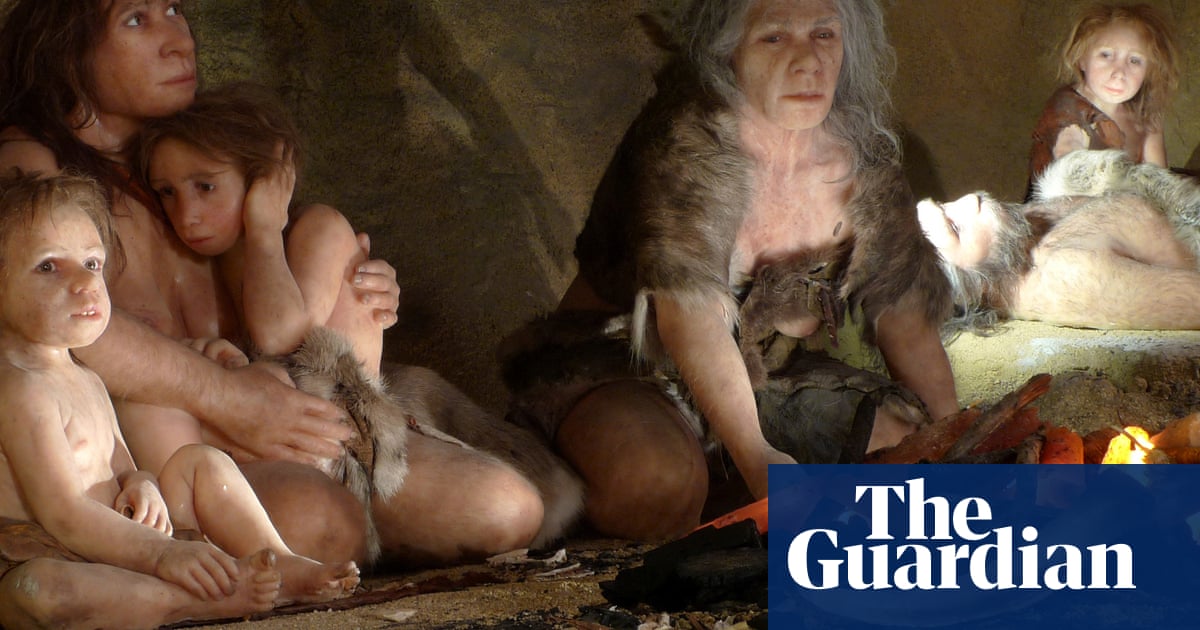
"Archaeologists studying animal bones from northern Israel have found distinct butchering techniques used by different groups of Neanderthals living at the same time."
"The study analyzed 249 bone fragments from Amud cave and 95 fragments from Kebara cave, revealing distinct preferences in butchering methods among Neanderthals."
"Differences in cut marks between Amud and Kebara indicate unique butchering practices, despite both groups sharing a similar diet and using comparable flint tools."
"Neanderthals at Amud cave were associated with more burned and fragmented samples, while Kebara's inhabitants showed a preference for larger animals such as aurochs."
Archaeologists discovered different butchering methods employed by distinct Neanderthal groups from two caves in northern Israel. The research focused on cut marks found on bone fragments from Amud cave and Kebara cave. The findings indicate that although both groups had similar diets, they exhibited unique preferences in food preparation. The study revealed that larger animal bones were more prevalent in Kebara, while Amud showcased more burned and fragmented samples. These observations suggest cultural or environmental influences on how Neanderthals processed their food.
Read at www.theguardian.com
Unable to calculate read time
Collection
[
|
...
]